In order to enjoy a steady supply of fruit, it's in your best interests to keep every fruit tree on your property in top health. That means being on the lookout for signs of any pests and checking the health of the bark, leaves, and other parts of the trees. One of the things to be mindful of is the potential for fruit tree canker to develop.
This type of disease is not uncommon, but it will take some effort to overcome. Fortunately, there are ways to deal with the problem. When done effectively, there is every chance of saving the tree, and eventually having it back to full health. Here are some basics that every property owner should know.
Bacterial Canker Infection on Fruit Trees – Control & Treatment Guide
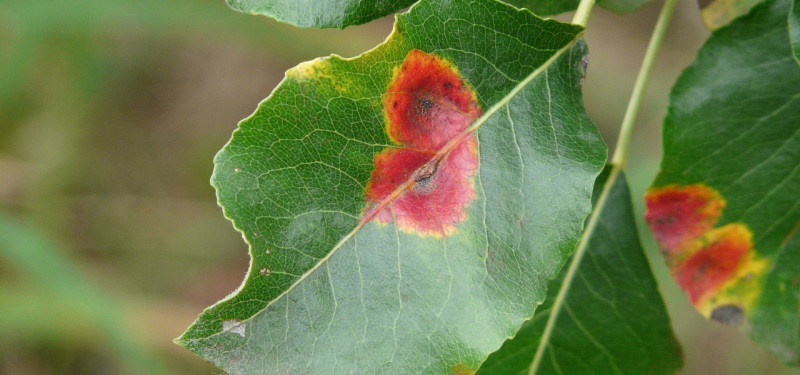
What is a Bacterial Canker Infection?
Bacterial canker is a type of disease that can affect different kinds of fruit trees. The scientific name for this condition is Pseudomonas syringae. Essentially, canker can cause severe damage to the affected tree, up to and including causing it to die.
It's not unusual for bacterial canker to first manifest in the early spring. It can continue to thrive into the summer months, causing more damage as time goes on. The most practical approach is to take steps to contain and ultimately get rid of bacterial canker while it's still in the early stages.
What Sort of Fruit Trees Are Most Susceptible to Bacterial Canker?
Just about any type of fruit tree could become infected with this type of issue. However, there are certain kinds of fruit trees that tend to be more susceptible than others. For example, varieties of plum trees are prime candidates for this condition.
Along with bacterial canker plum tree issues, there's also a higher potential for cherry trees to develop this type of disease. Apricot trees, pear trees, and peach trees are also more likely to be infected.
Keep in mind that while some types of fruit trees are less likely to be affected, that doesn't mean they are safe. There is a real possibility of other fruit trees succumbing to this disease, if you don't take action in a timely manner.
Be mindful that trees that are under stress are more likely to develop this condition. To ease stress, make sure the tree is receiving the proper amount of water, has adequate nutrition, and has the proper amount of natural light.
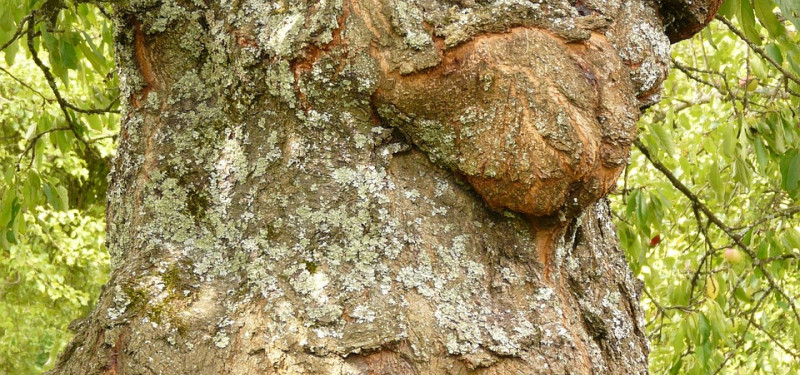
What are the Common Signs That Bacterial Canker is Present?
There are several indications that the condition is present. You'll find that bacterial canker plum tree diseases pictures provide a clear view of the most common systems. There are a couple more that you can pick up by actually touching the affected areas of a tree.
In terms of what you can see, the presence of a leaf spot and canker of Prunus is a definite sign. The spot may first appear as a discolored area, usually red or brown in color. Over time, those spots will seem to hollow out, leaving a hole in the leaf. The slang term for this type of hole in a leaf is shot hole.
The bark will also show signs that bacterial canker is present. Some areas may appear to be sunken in comparison to the surrounding bark. There may be dead spots in the bark as well.
You may also notice that some of the stems may be somewhat bloated or swollen. There may be some oozing around those stems that has the appearance of gummy sap.
Bacterial canker won't prevent the appearance of shoots, but it will affect the ability to grow. You may notice that shoots are developing, and begin to wither and die shortly afterward.
Remember that not all of these signs must be present before you take action. If you only see one or two of them, the time to do something is now.
Can Bacterial Canker Spread From One Tree to the Next?
There is nothing that will limit bacterial canker from infecting a single tree and then not moving any further. Beginning in the spring, it's possible for the infection to spread to neighboring trees. This is because the bacterial spores may travel thanks to the wind.
It's also possible to spread the bacteria without meaning to do so. For example, handling affected areas on one tree, then moving on to a healthy tree may carry some of the bacteria along. The same is true when it comes to pruning. If you prune an affected tree, then move on to prune a health tree without first cleaning the pruning shears, there's a good chance of spreading the canker plum tree to another plum tree without knowing it.
If you order trees to plant, there's some possibility that those trees will already be affected by bacterial canker. For this reason, examine any trees that you obtain carefully. They should only go in the ground when you are sure there are no signs of this or any other type of infection.
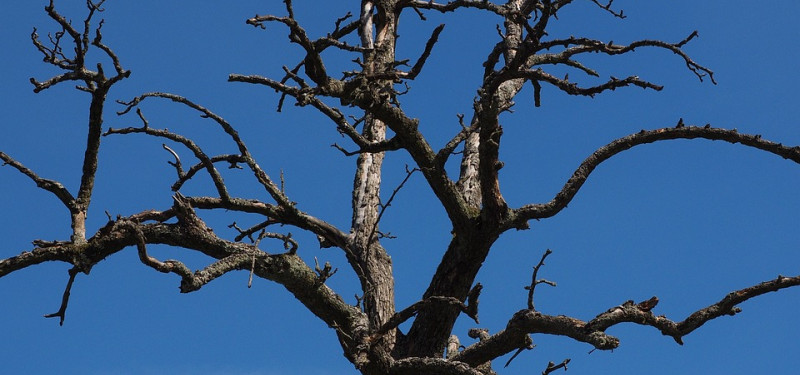
What Will Happen If The Problem is Not Resolved?
If you overlook or choose to ignore the presence of bacterial canker among your fruit trees, there are several things that will happen. Some of them are more serious, but all of them will adversely affect your trees for a long time. Here is what to expect by not resolving the issue in a timely manner:
- There will be less fruit develop. You may also find that the fruit doesn't mature, or that it's otherwise not as robust as in the past.
- The tree stops bearing fruit at all. Instead, the bacteria spreads, and begins to affect more parts of the tree.
- You begin to notice bacterial canker on more trees. This is especially true when the weather is warmer, and the bacteria becomes more active.
- All of the affected trees begin to die.
The best solution is to address the disease early on, and prevent all of the above from happening. The good news is there are ways to bring the issue to a halt, and hopefully contain the damage.
What Can Be Done to Get Rid of Bacterial Canker?
What should you do if you notice the development of plum tree canker, or notice canker affected the bark or leaves of your cherry tree? There's only one confirmed method that is sure to be effective: removing the affected area from the tree at once.
In other words, cut back and prune the tree until all of those areas are no longer attached to the tree. That means all shoots, all branches, and possibly even limbs where the bark is affected as well as the leaves. The goal is to ensure there's not one spot left that shows any signs of bacterial canker.
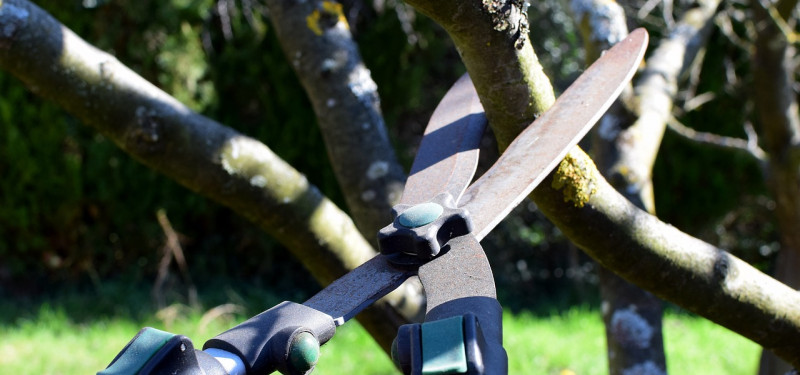
How do you make sure all of the affected area is gone? You will need to sacrifice part of the healthy wood as well. This means cutting or pruning several inches past the affected part, into an area that appears to not be affected at all. This may seem extreme, but it's necessary to protect what's left of the tree.
After you've completely removed all affected areas, make sure to thoroughly wash and sterilize any tools or equipment used for pruning and cutting back. There's likely active bacteria still present on the blades. By moving directly from one tree to the next, you may end up making the situation worse for the next tree.
At present, there are no confirmed treatments that will kill the bacteria while it's still on the tree. There are some reports of fungicides that seem to prevent the bacteria from spreading, but they are in dispute. The most effective means of ending the disease is to remove the affected parts, and dispose of them responsibly.
How Can I Prevent Bacteria Canker From Coming Back?
Once you've gotten rid of the bacterial canker, is there anything you can do to minimize the potential for a recurrence? The answer is yes. Employ the following methods, and the odds will be in your favor:
- Carefully inspect any new seedlings, container trees, or bare-root trees before adding the to your garden. Make sure there are no signs of canker on any of them.
- Make sure the trees have enough water, but not too much. Be mindful of failing to provide enough water during the drought season.
- Proper fertilization will also make a difference, since it will provide the trees with what's needed to be healthy.
- Make the best possible use of mulch. The right type of mulch helps the root system to absorb nutrients, and provide the tree with more resources to fend off canker and other types of bacteria infections.
- Responsible pruning makes a difference. Even without the presence of bacterial canker, make it a point to clean the pruning shears regularly. Only prune during the time of year recommended for the type of fruit tree involved.
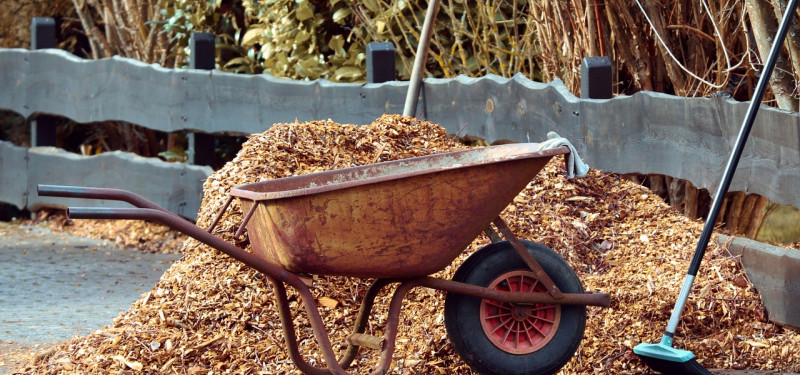
Remember that signs of bacteria canker on your plum, cherry, and other fruit trees does not mean the end of the world. At the same time, this is not a situation to take lightly. Once you notice any sign of canker, take steps to remove it as quickly as you can. Doing so will increase the odds of restoring the tree to health, and preventing it from spreading to the rest of the fruit trees on the property.